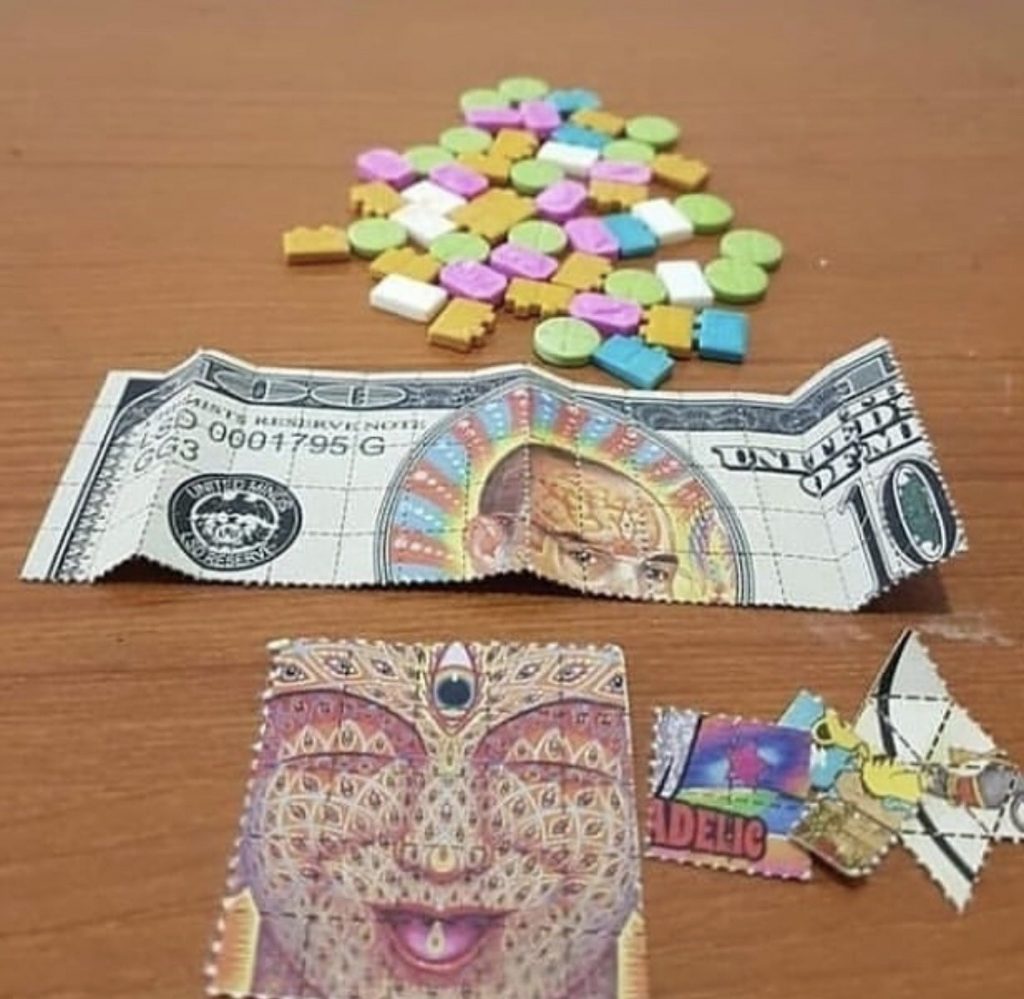LSD is making an unexpected come back in modern science. Psychedelics have long been in America’s subconscious since its rise in Western counterculture. Starting in the 50s, when it wasn’t illegal, the federal government was supporting research examining the uses of substances like LSD or “magic” mushrooms. In the midst of the 60s, the counterculture was seen as abusing it and stories about people jumping to their deaths after taking psychedelics spread like wildfire.
Since then, psychedelics have been making a comeback. Joe Rogan, a popular podcaster and comedian, goes on at length about the uses of psychedelics with countless guests on his show The Joe Rogan Experience. In an episode, he interviewed journalist Michael Pollan, who talked about clinical uses of classical psychedelics such as LSD, magic mushrooms and DMT.
Pollan’s latest book “How to Change Your Mind” discusses the rise and fall of LSD in the ‘60s. He also writes about previous research done to treat addiction, depression and other mental illnesses, but also the more recent studies about how psychedelics affect the human brain. Preliminary trials using psychedelics have shown promising results for existential crises, addiction, depression and more about how our brains simply just work.
Alternatively, a study conducted by the Pew Research Center revealed that Americans believe addiction is becoming a problem in their communities. This has been especially clear with the opioid crisis in America in recent years. Another study done by the University of Pittsburgh School of Medicine, showed rising rates of depression are high among young adults between the ages of nineteen to thirty-two that frequently use social media. Although too young for psychedelic treatment according to researchers, this problem will persist as they age, and social media is here to stay.
Two research trials, one conducted by John Hopkins University and another by New York University, are often used to exemplify the potential of psilocybin, the active psychedelic in magic mushrooms. These two studies recorded its effects on terminally ill cancer patients to help cope with imminent death. They were told to confront every fear, “open every door” and face every monster before they were administered either a placebo or a psilocybin pill. With two licensed therapists in a meticulously composed room, researchers took account of set and setting affecting the outcome of the patients’ experiences. In the two trials conducted, around 80 percent of cancer patients showed statistical improvement with depression and anxiety. These trials were small, however, and more research would need to be conducted.
Memoirist and journalist Tao Lin used psychedelics to self-medicate his drug addictions. In his book “Trip,” Lin wrote about his consistent uses of amphetamines, benzodiazepines, opiates and MDMA. Lin eventually “became accustomed to not being in a social situation unless also on a drug. Soon, [Lin] didn’t want to do anything, even solitary activities, unless [he] was on at least one drug or, increasingly, two.” Lin began his recovery from his drug dependencies with a seminal psychedelic trip. “Psilocybin removed me from the creodes of my habits and provoked me into long-term change.” A small 2015 proof-of-concept pilot study at the University of New Mexico seems to confirm Lin’s personal experience: alcoholics that received psilocybin with cognitive behavioral therapy showed a strong correlation between the strength of their trip and their alcohol consumption afterward as four people out of the ten subject to the research reduced heavy drinking days by 100%.
It’s also important to note that some Native American cultures have long used psychedelics like ayahuasca, peyote and psilocybin as a type of treatment before the westernization of their societies. Bill Wilson, the founder of Alcoholics Anonymous, even tried to implement the use of LSD in the program after a personal experience that helped him quit drinking. LSD is a Schedule 1 drug and should be addictive as per that categorization, but a typical experiment used to test the addictive qualities in a drug is a self-administering test with rodents. If an animal or rodent continues to pick a drug over a food source, it’s usually classified as addictive. Most animals don’t choose to ingest a psychedelic again once they’ve had it before.
Since the criminalization of psychedelics in the ‘60s, research on how these substances affect the brain have also halted. Only until recently has clinical research started to explore the benefits, limitations and effects with modern brain imaging to help explain how psychedelics result in profound changes in behavior. Pollan interviewed Robin Carhartt-Harris, a British neuropsychopharmacology researcher, who explained that psilocybin reduced activity in the default brain network, a structure responsible for “the ego.” The ego manages, and orchestrates the different parts of our brain to work together. The default brain network gets its name from the fact that it becomes active when a mind wanders, reflects, daydreams or is on “default.” Carhart-Harris suggests based on his research that “low entropy” psychological disorders categorized by “rigid thinking,” a mind that wanders too much, or an overactive default mode network, could result in depression, anxiety or addiction. Psychedelics like LSD can relieve symptoms of “low entropy” psychological disorders by quieting the default mode network and creating new thought patterns.
Clinical uses of psychedelics have yet to be fully explored. Research has been approved for succeeding phases of experimental trials by the FDA and has proven to show hopeful signs. But adverse effects of psychedelics are unpredictable, including flashbacks and psychosis. These drugs certainly shouldn’t be used by younger people, but only by middle-aged people whose minds can be safely subjected to something as disruptive as psychedelics.




Comments are closed.